Would you prefer just a wash of “Celery Sprig” or go head-on “Limeade?” If you’re a homeowner looking to enter the world of “eco-friendly” building or remodeling, then you’ll quickly learn that there are many shades of green. You could simply replace an old appliance with an energy-efficent one, or you can learn the lingo in the veritable forest of low-carbon, low-emission, low VOC, hempcrete, and solar gadgetry.
There are many programs in place to help people navigate the various hues, but the predominate one at the moment is LEED certification from the US Green Building Council’s “Leadership in Energy and Environmental Design” program. In essence, it’s a points system with certification awarded to buildings at the silver, gold, or platinum levels. Even those who believe pursuing the certification is a waste of time can see why builders are striving to medal. On top of pure energy savings, there tax credits and breaks, and a growing number of US government agencies are requiring that their buildings meet LEED standards.
Despite the rise in LEED certification for larger agencies, it has been slower to catch on with individual homeowners. Why? Because of “Death by Paperwork.” Achieving LEED certification is not only time-consuming but expensive. For example, you install high-end solar panels for $30,000, and you then have to have a “green-rater” come in for around $6,000 to tell you that your eco-friendly choices are truly eco-friendly. And that’s only one add-on.
So why is LEED becoming the standard for green building? For some, it’s a challenge. For others, it’s for peace of mind. But how can this tedious approval process become practical for everyday folks? The reality is that the LEED checklist can be used as a blueprint for families who just want to be greener; you can achieve the ideals of better building without being tested at all. Go for it! “Do Green.”
For those of us who are just normal, we can have a LEED-inspired house without ever pursuing certification, saving us money and lessening our impact on the environment. For me, it would be enough just to be confident in my green choices. However, there are families out there who want to earn the actual certification for their own reasons, so what are the practicalities of that? For examples, take a look at the highlights of the following three families who decided to bite the bullet and pursue LEED certification.
Erik Hoffland and Marianne El-Khoury
Where?: Northwest Washington
Reason?: The challenge of teaching an old house new tricks
Project?: Rehab a 1927 rowhome
Goal?: Preserve the house, style it however they like
Some of the Features and Costs:
- Home purchase in 2003 – $340,000
- Super-insulated with spray-in foam- $6,000
- Reclaimed wood
- Solar panels – $30,000
- Tankless water-heater- $10,000
- High-efficiency gas furnace with air filters at $100 a pop
- Heat-recovery ventilator- between $2,000-$3,000
- Total amount spent for renovation and certification: $350,000
Their thoughts at the end:
While LEED certification is a bit of an arduous process, it’s also a kind of construction buffet: You can pick and choose which of the LEED options you can accmoplish; if you do enough of them, your points will add up, and there’s no limitations: “In the kitchen you can do Brazilian granite countertops, and there’s nothing stopping you,” Hoffland says. Of course, “you’re not going to get points toward LEED certification for that.”
Todd and Diane Ray
Where?: Arlington, VA
Reason?: Enlarge their living space without enlarging their carbon footprint
Project?: Expand their 1940’s house
Goal?: Remodel the whole house and add an addition to achieve an open plan, connection to the outdoors, and add extra space
- Some of the Features and Costs:
- Home purchase in 1997 – 185,000
- Super-tight spray foam insulation- $6,000+
- Geothermal heating and cooling – $40,000
- Energy-Star appliances- (cost unknown)
- Recycled countertops –(cost unknown)
- On-demand hot water system- roughly $800 per unit
- Energy-recovery system- roughly $5,000 per vent
- Total spent on renovation and certification- “several times” the purchase price of $185,000
Their thoughts at the end:
“You don’t do this expecting to make your money back. You do it because it’s the right thing to do.”
Bill and Martha Sykora
Where?: Annapolis, MD
Reason?: Located in a sensitive area
Project?: Rebuild a dilapidated cottage
Goal?: Rebuild the 1951 rancher from the ground up, keeping to strict LEED standards ads the home is in a critical area of the Chesapeake Bay
Some of the Features and Costs:
- Home purchase in 2009 – $875,000
- Geothermal heating and cooling- roughly $40,000
- Spray-foam insulation – $6,000+
- Propane-powered cooktop- (cost unknown)
- 22 rooftop solar panels- roughly $10,000
- LED light bulbs- $30 each
- Rainwater cistern – (cost unknown)
- Engineered quartz countertops- (cost unknown)
- Total amount spent for renovation and certification – $800,000
Their thoughts at the end:
Martha and Bill admit to the addictive quality of LEED certification. Martha says, “As we went along, we realized we could reach platinum status if we just had a few more points.” They consider keeping their environmentally-conscious kids happy and the bay safe priceless.
When looking at some of these numbers, LEED certification seems daunting, but certification is not the point. The point is that the LEED checklist is a starting place, a snack bar of ideas from which to pick and choose ways to improve your home, in whatever ways are realistic to you. Whether you are building from the ground up, like the Sykoras, or just trying to renovate an existing space, like Hoffland and Khoury, the LEED checklist can help you find your own shade of green without necessarily breaking the bank.
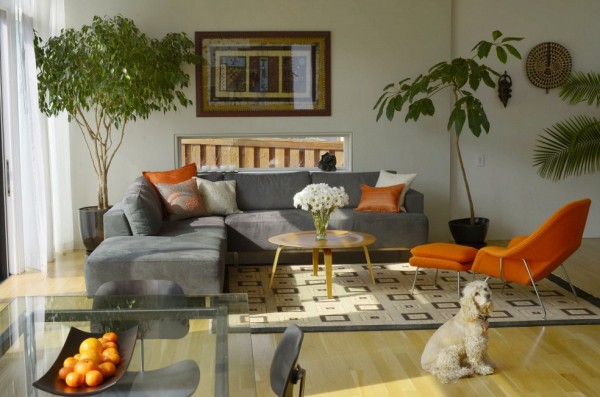
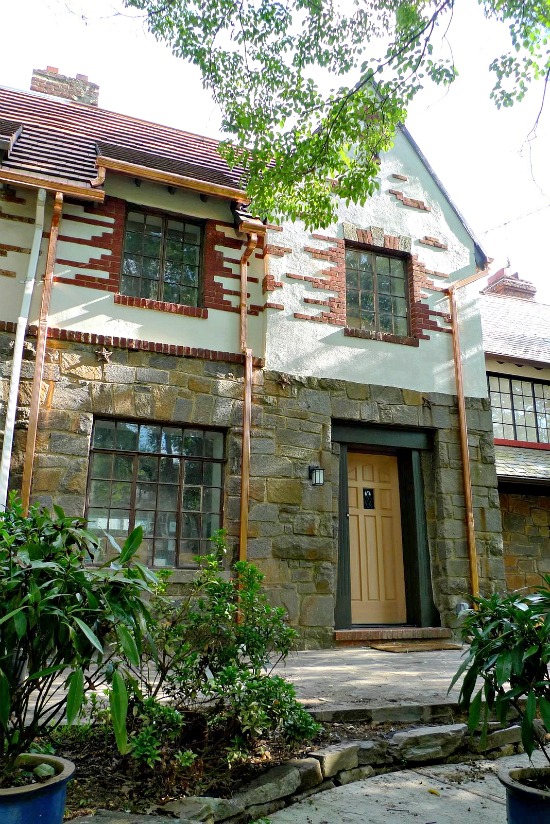

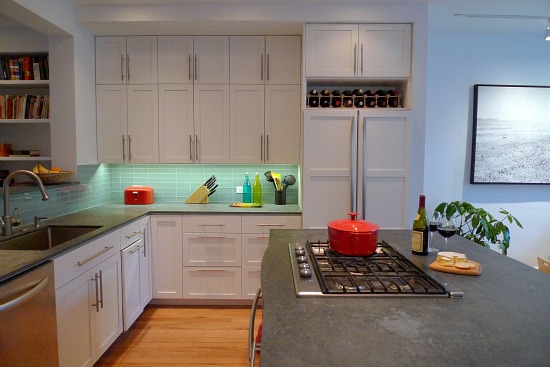

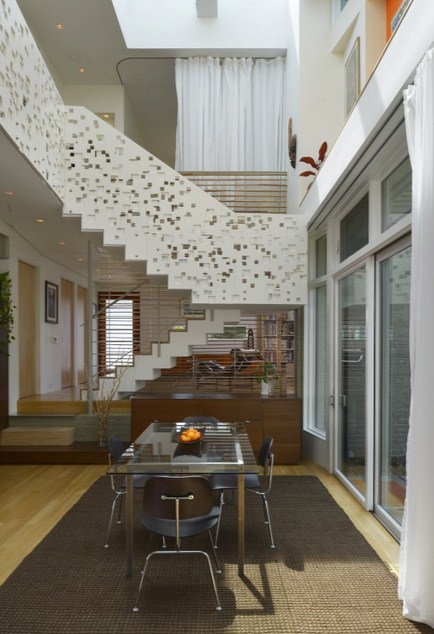
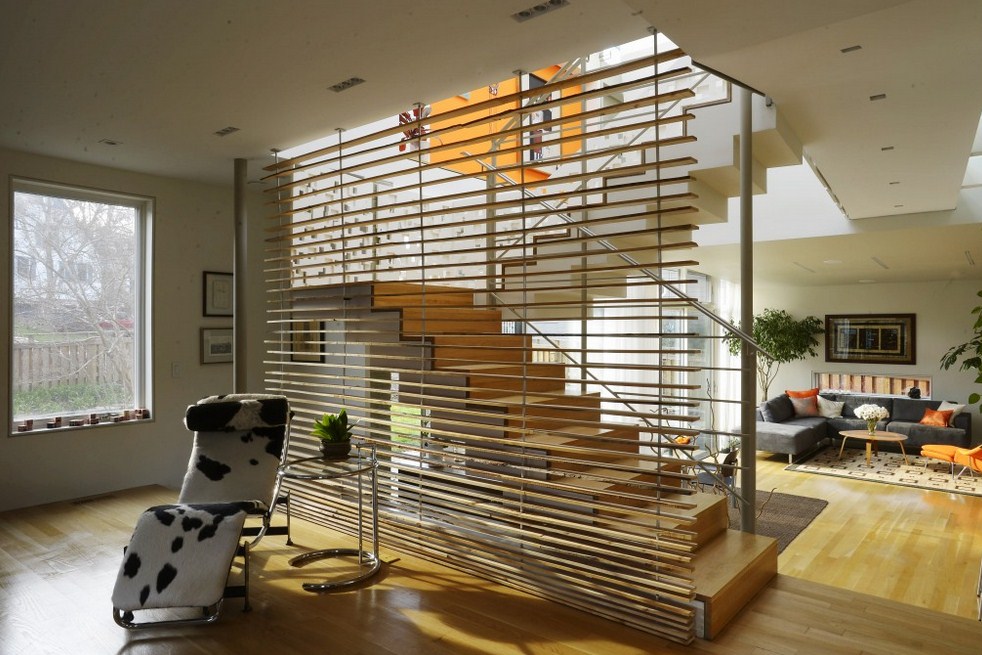
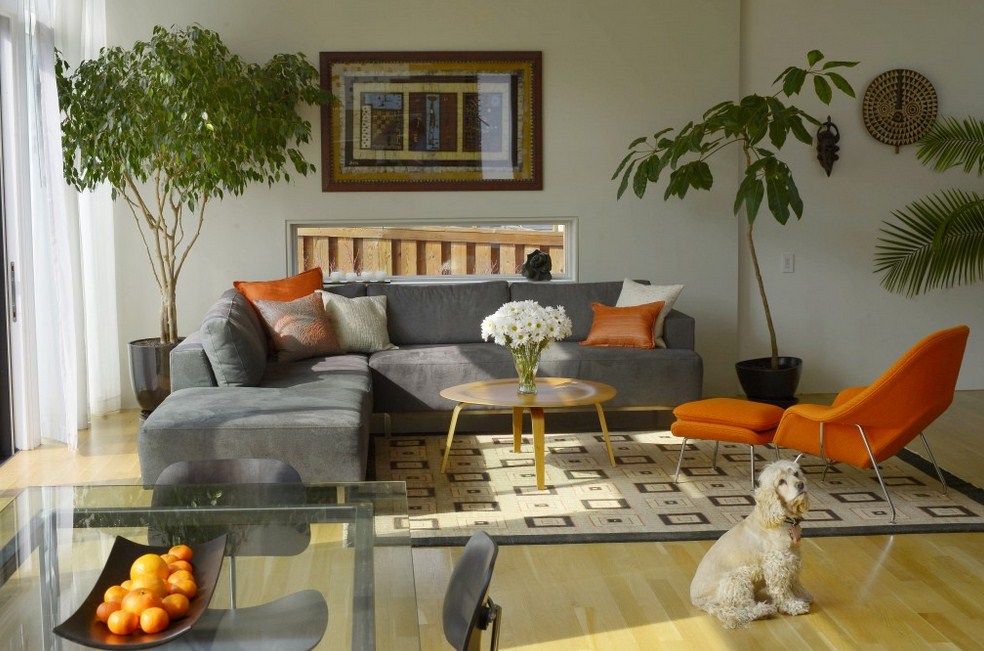
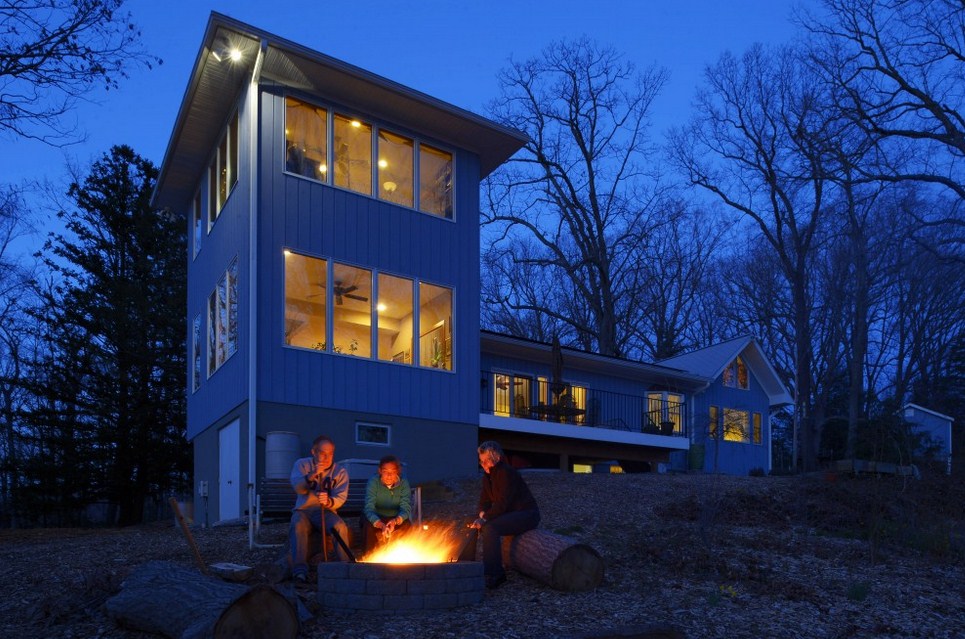
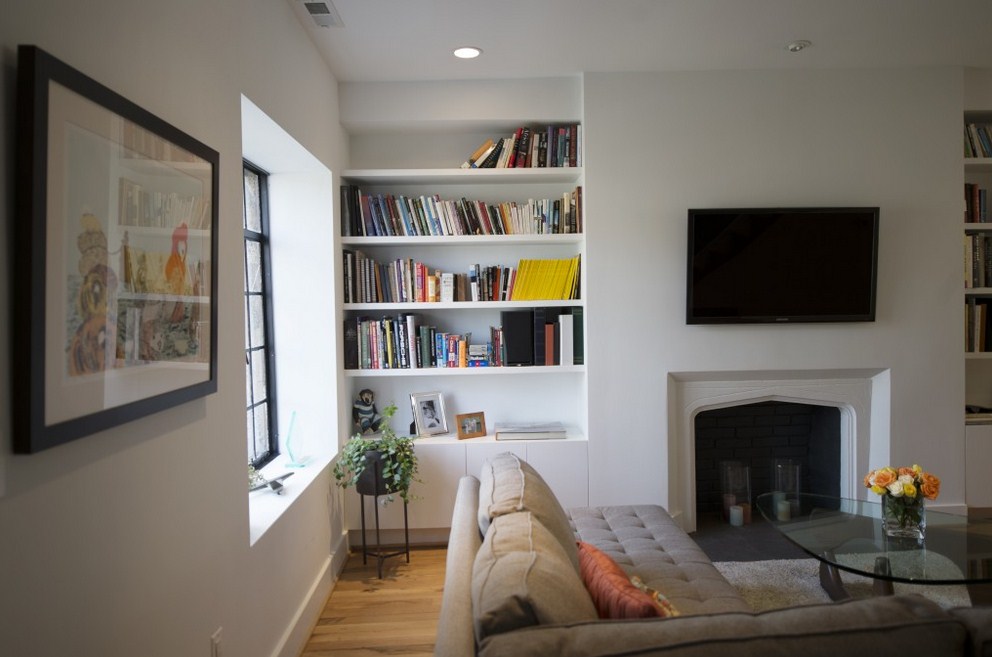
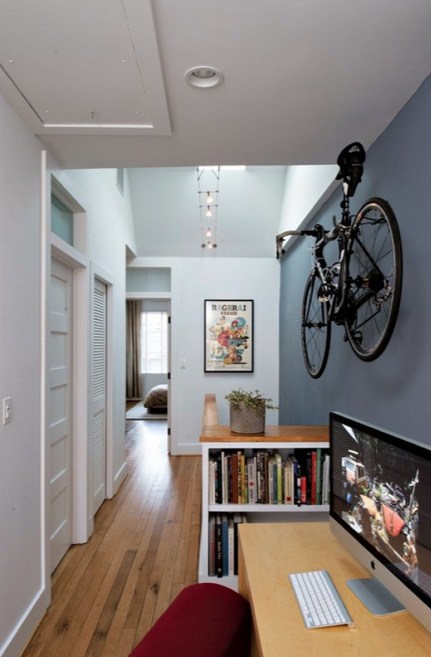
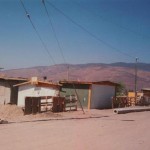 Deconstruction vs. Demolition and Homes from Garage Doors in Mexico?
Deconstruction vs. Demolition and Homes from Garage Doors in Mexico?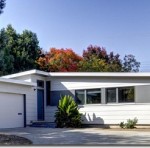 Old Sunnyvale Rancher Reincarnates into a Modern Passive House
Old Sunnyvale Rancher Reincarnates into a Modern Passive House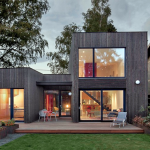 Cutting-Edge Contemporary Design Flirts with Energy Efficiency in Portland’s Skidmore PassivHaus
Cutting-Edge Contemporary Design Flirts with Energy Efficiency in Portland’s Skidmore PassivHaus